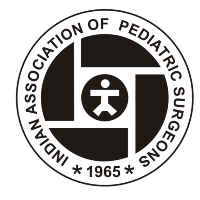Rendering high quality surgical care and fostering fraternity & familial feelings amongst the members


HISTORY OF IAPS
The history of pediatric surgery, while short in duration compared its older sibling specialties, is still an exciting story. It has grown from from a sedate start in the mid twentieth century to rapid growth in the current millenium. The period can be divided broadly into three phases. The first phase, spanning from 1940 to 1960, followed by a consolidation in the second phase from 1960 to 1990, and then the third phase after 1990 of rapid growth and innovation. These phases overlap with each other but each still has a distinct flavor of growth and its own momentum. Historically, in the ancient times of Sushruta, children were indeed operated upon, but in the era prior to 1940 general surgeons undertook these procedures on all ages. The interest in the field of pediatric surgery remained limited, one of the main reasons being the high mortality for most conditions and the dangers of anaesthesia at that stage. The major breakthrough happened in 1941 when Dr. Cameron Haight from Michigan reported the first survival of esophageal atresia in a 12-day-old baby using a primary single-stage left-sided extrapleural approach. It galvanized a group of general surgeons and propelled them to learn more about pediatric surgery and some decided to devote their careers to this developing field. Incidentally, the first esophageal atresia was successfully operated in India by Prof Subir K Chatterjee in 1964.

